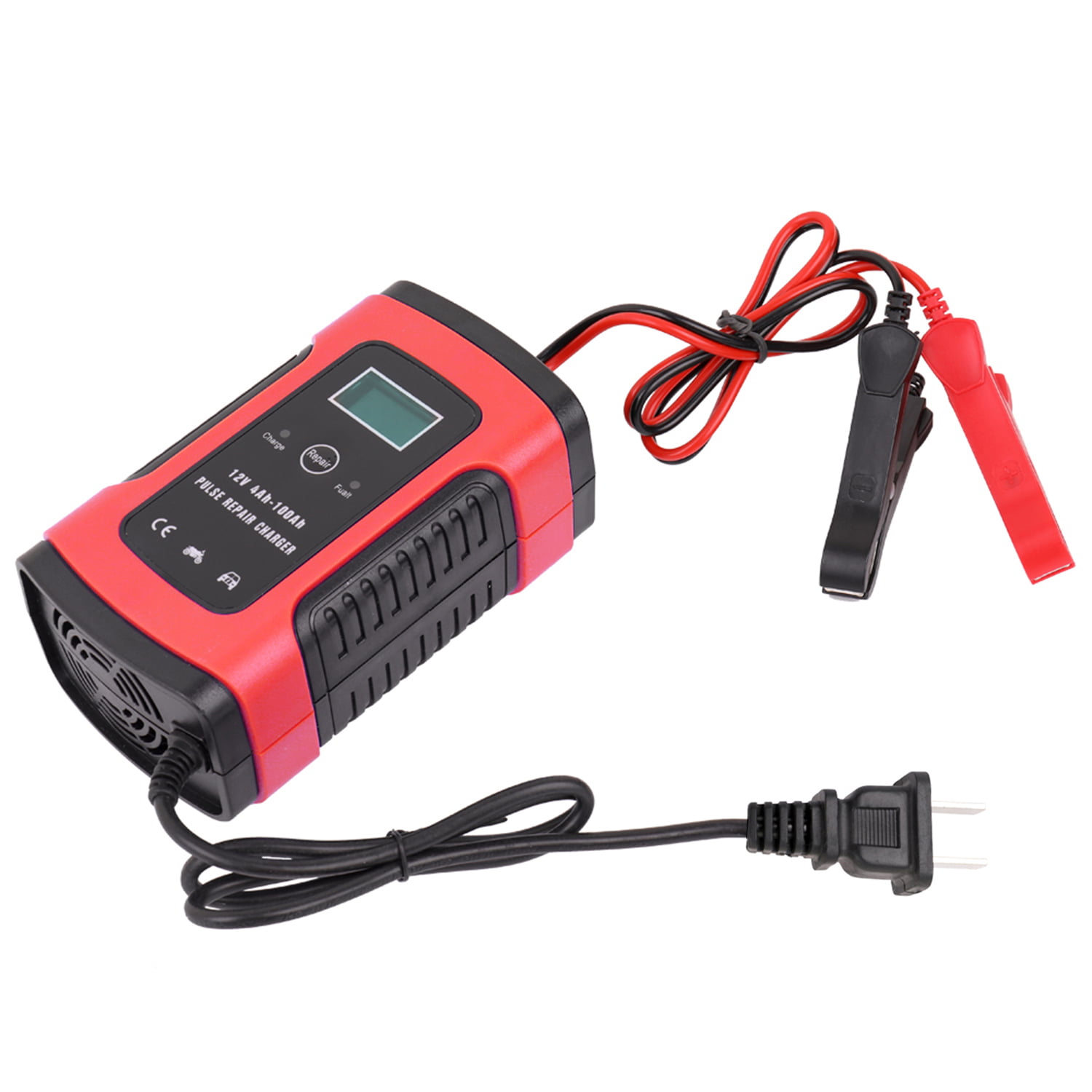
This quartz piezo-electric oscillator outputs a usable oscillating signal, most commonly a square wave with 50% duty cycle. When a crystal and oscillation circuit are combined in the same package, it is commonly referred to as a crystal oscillator.

If an internal RC resonator was used instead, changes in temperature would affect the behavior of the oscillator, leading to changes in the output frequency.Ĭrystals have a sinusoidal output and are typically used if the target IC has an integrated oscillator and on-chip phase locked loops (PLLs) for internal timing. Quartz crystals are more commonly used since the frequency generated from quartz crystals are more resistant to changes in temperature. Once the crystal is cut and shaped, it cannot be used at any other frequency. It’s important the physical size and shape of the quartz crystal are precisely cut because this determines the frequency of oscillations produced from the crystal. The quartz crystal is a tiny slit of quartz with each of the two surfaces metalized and attached with an electrical connection. In order to operate, crystals are combined with an amplifier circuit to apply voltage to an electrode near or on the crystal. A crystal resonator is commonly referred to as a crystal. There are different ways a clock signal can to be produced, but they all start off with the crystal resonator. If the clock in a design is like the heart of an animal, then clock signals are the heartbeats that keep the system in motion.
#Battery pulse charging with pll how to#
Digital circuits rely on clock signals to know when and how to execute the functions that are programmed. The signal acts like a metronome, which the digital circuit follows in time to coordinate its sequence of actions. We can define a clock signal as a particular type of signal that oscillates between a high and a low state. Keep reading to learn why clocks are required in digital circuits. In this article, I will be explaining the different kinds of timing components available and just why clocks are so important in digital electrical circuits.


After all, it’s not magic, and when it comes down to it, it’s actually pretty simple. We previously discussed how to design a clock tree, but understanding how the clock works is crucial to understanding how your design operates. They are needed in nearly every complex design and all our electronics wouldn’t work without them. Timing components are one of the most ubiquitous components in electronics.


 0 kommentar(er)
0 kommentar(er)
